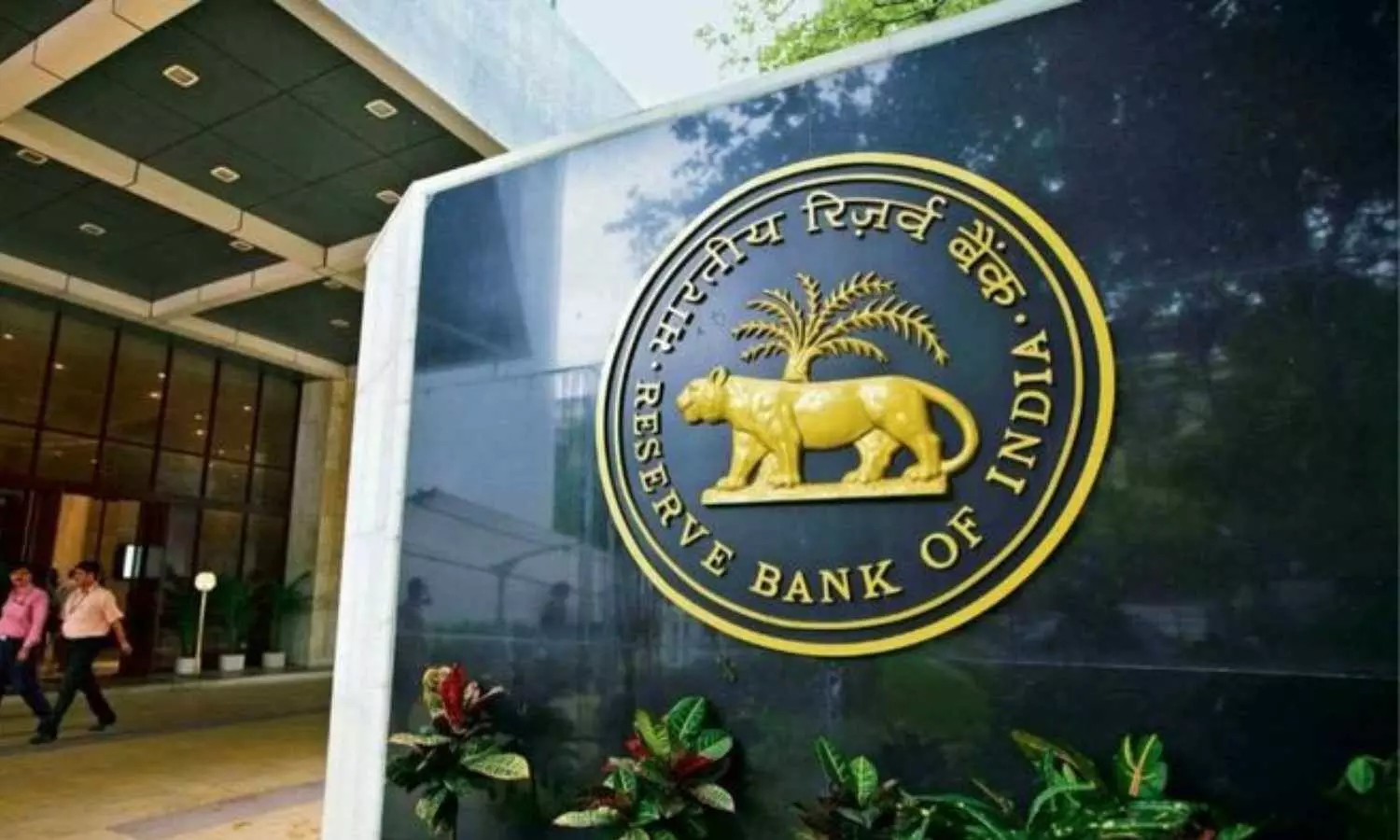SBI Report: RBI’s Accommodative Stance Indicates Signs of Cooling Inflation
On the grounds of cooling inflation in the economy, the Reserve Bank of India (RBI) has taken an accommodative stance.
SBI Report: RBI’s Accommodative Stance Indicates Signs of Cooling Inflation

On the grounds of cooling inflation in the economy, the Reserve Bank of India (RBI) has taken an accommodative stance.
As per a State Bank of India (SBI) report, RBI’s decisions are not only based on past inflation trends but also factors in future expectations.
It said “We explore whether shifts in RBI's monetary policy stance have followed changes in household inflation expectations. Specifically, we hypothesize that the RBI's stance responds to directional changes in inflation expectations.”
According to the report, the central bank’s shift in policy stance can be attributed to moderating inflation expectations. Households can expect inflation to be around 8.9% in the coming three months. This in turn highlights a downward shift in inflation sentiment, prompting the RBI to support growth by easing its monetary policy.
Notably, SBI analysed five instances between 2018 and 2024 when the RBI's Monetary Policy Committee (MPC) changed its stance. It found that these changes often followed clear shifts in household inflation expectations.
For example, when inflation surged, the RBI tightened its stance. Conversely, when expectations fell, RBI took a softer approach by normalising its policy. This in turn projects that RBI is adapting its policy proactively, trying to manage future risks rather than reacting only to current data.
The report also highlighted that anchoring inflation expectations is essential for ensuring price stability, which aligns with standard global economic thinking.
Taking a look at the interest rate front, SBI pointed out that RBI cut interest rates by 50 basis points (bps) since February 2025. Following the RBI’s 25 bps repo rate cut in February, public sector banks reduced deposit rates by 6 bps, while foreign banks reduced the rates by 15 bps. However, private banks increased their deposit rates by 2 bps.
Despite these differences, the weighted average lending rates (WALR) on fresh loans offered by public sector banks, private banks, and scheduled commercial banks stand to remain reduced. This indicates that overall transmission of monetary policy remains effective and timely.
Overall, the SBI report indicates that the central bank’s policy stance is both responsive to real-time developments and forward-looking.

